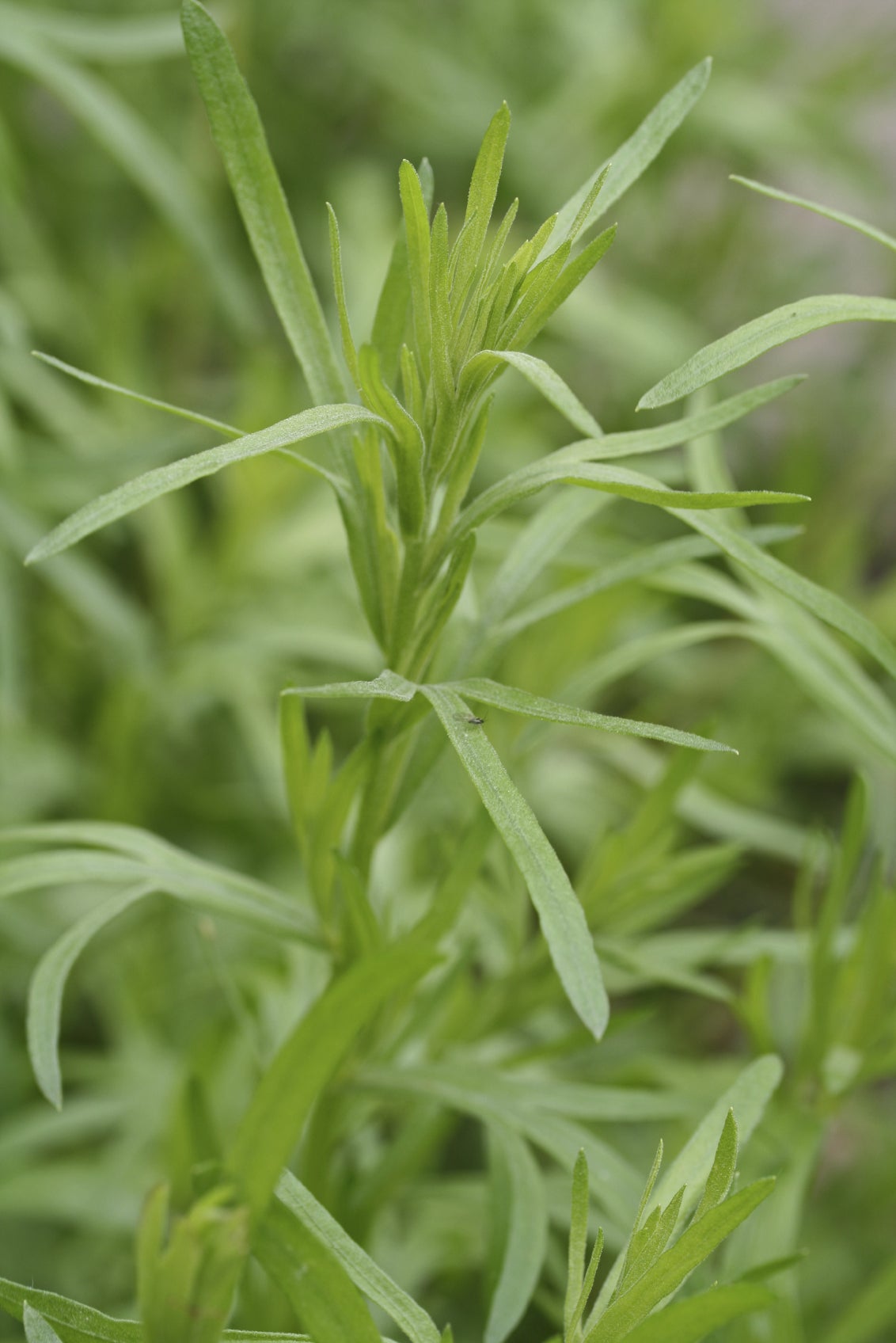Growing Tarragon In The Herb Garden


While it's not particularly attractive, tarragon (Artemisia dracunculus) is a hardy herb commonly grown for its aromatic leaves and peppery-like flavor, which is used for flavoring many dishes and is especially popular for flavoring vinegar. Although tarragon is best grown from seedlings, cuttings, or divisions, some varieties can be propagated from seeds. Growing tarragon can add a sophisticated herb to your garden.
Tarragon Seeds
Tarragon seeds should be started indoors around April or before your area's last expected frost. It's usually easier to sow about four to six seeds per pot using moist, composted potting soil. Cover the seeds lightly and keep them in low light at room temperature. Once seedlings begin to sprout or reach a couple inches (7.5 cm.) tall, they can be thinned down to one plant per pot, preferably the healthiest or strongest looking.
Growing Tarragon Herb
Seedlings can be transplanted outdoors once temperatures have significantly warmed. Tarragon herb plants should be grown in areas receiving full sun. Space tarragon plants approximately 18 to 24 inches (45-60 cm.) apart to ensure adequate air circulation as well. They should also be located in well-drained, fertile soil. However, these hardy plants will tolerate and even thrive in areas having poor, dry, or sandy soil. Tarragon has a vigorous root system, making it quite tolerant of arid conditions. Established plants do not require frequent watering, outside of extreme drought. Applying a generous layer of mulch in fall will help the plants throughout winter too. Tarragon can also be grown year round indoors as houseplants or in the greenhouse.
French Tarragon Plants
French tarragon plants can be grown the same as other tarragon varieties. What sets these plants apart from other tarragon plants is the fact that French tarragon cannot be grown from seeds. Instead, when growing tarragon of this variety, which is prized for its superior anise-like flavor, it must be propagated by cuttings or division only.
Harvesting and Storing Tarragon Herb Plants
You can harvest both the leaves and flowers of tarragon herb plants. Harvesting usually takes place in late summer. While best used fresh, tarragon plants can be frozen or dried until ready for use. Plants should be divided every three to five years as well.
Sign up for the Gardening Know How newsletter today and receive a free copy of our e-book "How to Grow Delicious Tomatoes".

Nikki Tilley has been gardening for nearly three decades. The former Senior Editor and Archivist of Gardening Know How, Nikki has also authored six gardening books.